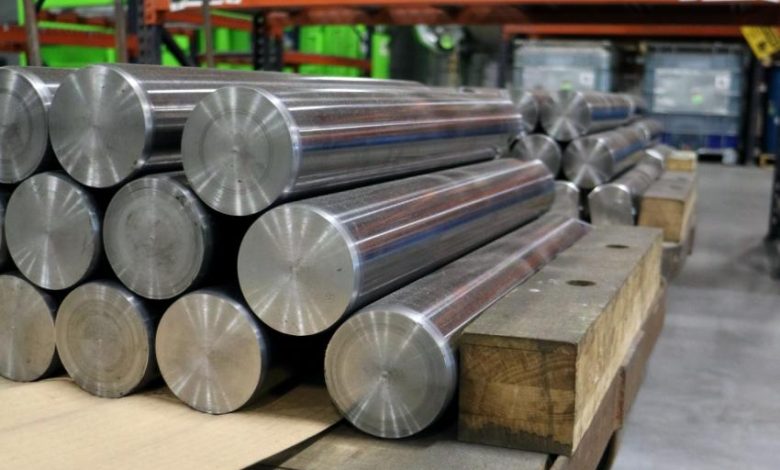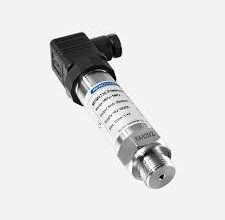Exploring Hard Chrome Plating: Enhancing Durability and Functionality

In industrial manufacturing and engineering, hard chrome plating is a crucial process that enhances the durability, functionality, and aesthetic appeal of various components. This blog delves into the intricacies of hard chrome plating, its broad applications across industries, and the numerous benefits it offers to manufacturers and end-users alike.
Understanding the Hard Chrome Plating Process
Hard chrome plating, also referred to as industrial chrome plating or engineered chrome plating, involves electroplating a thin layer of chromium onto a metal surface. Typically applied to materials like steel, aluminum, and various alloys, this process significantly increases hardness, corrosion resistance, and wear resistance of components. By immersing the substrate in a chromium electrolyte solution and applying an electric current, chromium ions adhere to the surface, forming a protective layer that enhances both mechanical and aesthetic properties.
Versatility and Applications Across Industries
The versatility of hard chrome plating is evident across diverse industries such as aerospace, automotive, hydraulic equipment, and manufacturing machinery. Its primary functions include improving surface hardness to withstand friction and wear, enhancing corrosion resistance, and providing a polished finish for aesthetic purposes. In aerospace applications, hard chrome plating is utilized for aircraft components like landing gear and hydraulic pistons, ensuring durability under extreme conditions. Similarly, in the automotive sector, engine parts, hydraulic cylinders, and piston rods benefit from increased wear resistance and longevity due to hard chrome plating.
Benefits of Hard Chrome Plating
One of the foremost advantages of hard chrome plating is its exceptional hardness and durability. Components subjected to this process exhibit enhanced resistance to abrasion, wear, and scratching, thereby prolonging their service life and reducing maintenance costs. Moreover, chromium’s inherent corrosion resistance makes hard chrome-plated parts ideal for environments exposed to chemicals, moisture, and high temperatures. This property ensures reliability and longevity in critical applications where performance and durability are paramount.
Aesthetic Appeal and Surface Finish
Beyond its functional benefits, hard chrome plating provides a smooth, shiny surface finish that enhances the aesthetic appeal of components. This feature is particularly advantageous for applications requiring a visually appealing appearance, such as decorative trim in automotive or architectural settings. The polished finish achieved through hard chrome plating not only enhances the product’s appearance but also reflects its high-quality manufacturing standards and attention to detail.
Environmental Considerations and Sustainability
While hard chrome plating offers significant advantages, it is essential to address environmental considerations associated with the process. Chromium electroplating involves the use of chemicals and generates waste products that must be managed responsibly to minimize environmental impact. Modern practices emphasize sustainable approaches, such as recycling water, optimizing chemical usage, and adhering to stringent environmental regulations to mitigate emissions and ensure eco-friendly operations.
Conclusion: Advancing Engineering Capabilities with Hard Chrome Plating
In conclusion, hard chrome plating remains a cornerstone in modern industrial applications, offering unparalleled hardness, durability, and corrosion resistance to critical components across various sectors. Whether enhancing the performance of aircraft parts, automotive components, or industrial machinery, this process plays a vital role in advancing engineering capabilities and extending the lifespan of essential equipment.




